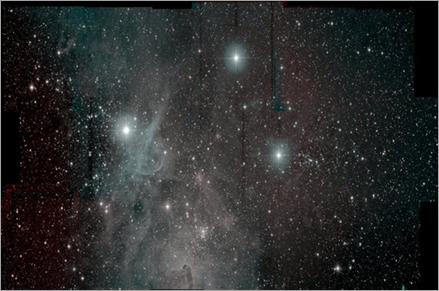Galaxy Evolution
Galaxy Evolution
It is well known that there are a huge number of galaxies in the universe beyond our Milky Way Galaxy. These extragalactic objects show various luminosities, colors, shapes, components, and so on. To understand the formation and evolution mechanisms of these diverse galaxies has been one of the ultimate goals of modern astronomy. In particular, for the last half-century, great efforts have been made to this end, both observationally and theoretically. That part of astronomy aiming to reveal the nature of objects beyond the Milky Way Galaxy is called extragalactic astronomy.
Most extragalactic objects appear so faint and small that we need good telescopes and detectors to observe them with sufficient quality. Because telescopes with larger diameters enable us to investigate objects in the deeper Universe in greater detail, astronomers have always wanted larger telescopes. The size of the largest optical telescope currently in operation is 10 m, but within several years, we will have much larger ones, such as the Giant Magellan Telescope (GMT), with a diameter of 25 m.
The Galaxy Evolution Research Group is studying the evolution of galaxies in galaxy clusters, groups, and fields, as well as galaxy formation, star clusters and stellar populations, dwarf galaxies, galaxy structures, gas and dust, active galactic nuclei, supernovae, and so on. The research area encompasses all observational studies from ultraviolet to infrared and radio wavelengths, as well as theoretical studies focusing on the formation and evolution of star clusters, galaxies, and galaxy clusters.

Combined near-IR image of Carina Nebula using AAT and IRIS2
(Field of view is 45 arcmin x 24 arcmin, RGB color is composited by H2, H, Ks filters)
